Adductor Magnus Muscle
Table of Contents
Adductor Magnus Muscle details
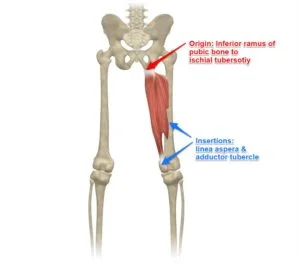
The adductor magnus muscle is a large triangular muscle of the lower limb, with its apex situated on the hip bone, and its base on the linea aspera of the femur. It is situated both in the posterior and medial fascial compartments of the thigh.
The adductor magnus is the largest and strongest muscle of the medial compartment of the thigh, which also consists of the adductor longus, adductor brevis, pectineus, and gracilis muscles. In respect to their function, these 5 muscles are collectively called the adductors of the thigh, even though their actions are a bit more complex than that.
Origin
Its origins in 2 parts: the adductor part and the hamstring part,
- The adductor part: arises from the outer surface of the inferior pubic ramus and the ischial ramus, and is considered a muscle of the medial compartment of the thigh.
- The hamstring part originates from the inferolateral side of the ischial tuberosity.
Insertion
- The adductor part: inserts into the gluteal tuberosity, medial lip of the linea aspera, and medial supracondylar line.
- The hamstring part: inserts into the adductor tubercle of the femur.
Nerve supply
The Obturator nerve (L2, L4) and the tibial division of the sciatic nerve (L4) supply the muscle.
Blood supply
The adductor magnus muscle gets its main arterial blood supply from the perforating branches of the deep femoral artery, In addition, the superior superior portion of the muscle is supplied by the medial femoral circumflex artery, and the inferior portion receives blood from the femoral, popliteal and genicular arteries.
Action
The actions of the adductor part and the hamstring part of the muscle are as follows:
Adductor part:
Hip joint – Thigh flexion, thigh adduction, thigh external rotation
Hamstring part:
Hip joint – Thigh extension, thigh internal rotation
Entire muscle: Pelvis stabilization
Strengthening Exercises of Adductor Magnus Muscle
1. Standing Straight Leg Raise
Stand tall with your hands on your hips and feet shoulder-width apart. With your weight on your right foot, slowly lift your left leg straight out in front of you, as high as you comfortably can. Lower your foot back down to starting position.
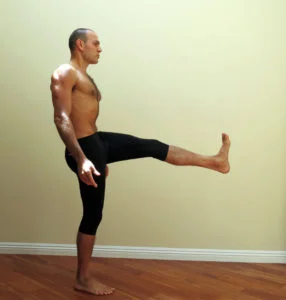
2. Single Leg Glute Bridge With Squeeze
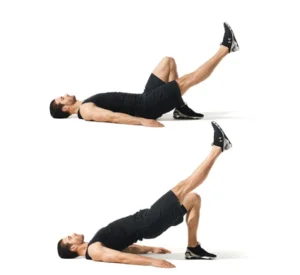
Lie face up with feet planted near the butt, and arms at the sides. Extend right leg toward the ceiling, foot flexed. Squeeze your glutes to lift your hips as high as you can. Hold at the top for 2 seconds, then lower until hovering just above the floor.
3. Adductor plank
Although the adductor plank will train the obliques, the purpose of the adductor plank is not to crunch the obliques (your side). You should aim to keep the core stable and the side of your body as stiff as possible. This way you will be focusing on the inner thighs which is the primary target.
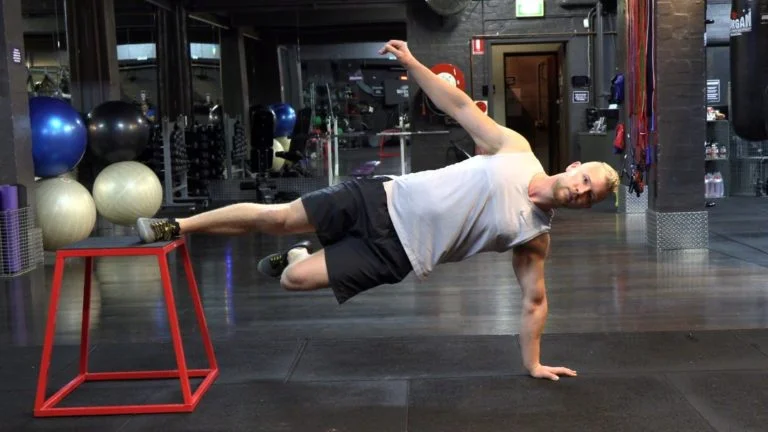
Stretching exercise of Adductor Magnus Muscle
- Stand with your legs wide apart.
- Shift your weight to the left.
- Allow your left knee to bend until it is over your left foot. You will feel the stretch in your right groin.
- Keep your feet on the ground facing forward.
- Hold for 20 to 30 seconds.
- Repeat the stretch on the opposite side, then repeat the stretch three times on each side.
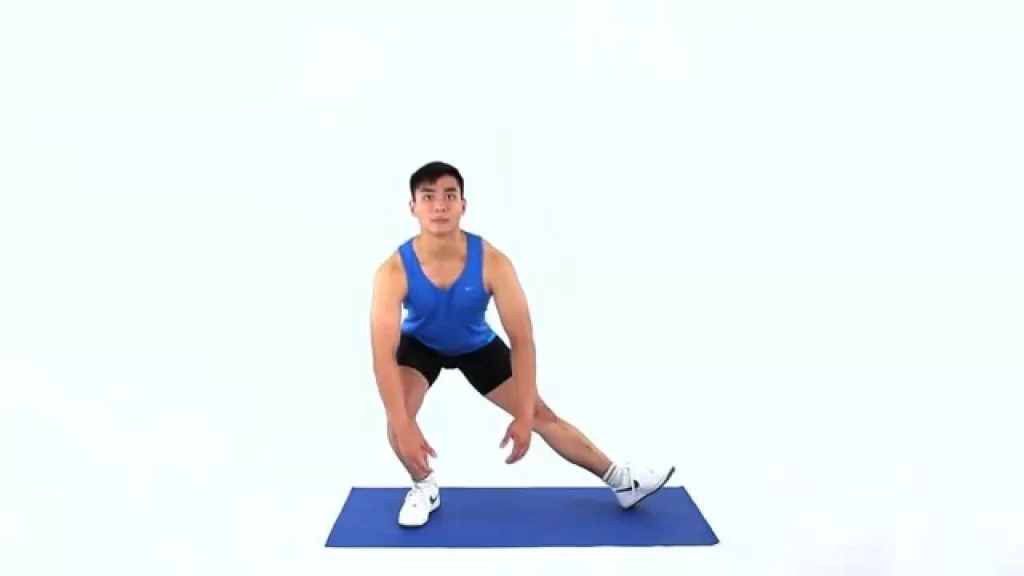
Squatting stretch

- Stand with your feet wide apart, toes pointing outwards.
- Squat down slowly until your knees are directly over your ankles and bend to 90 degrees.
- Place your hands on top of your inner thighs and slowly push outward to open your hips. You will feel a stretch in the groin muscles in both legs.
- Hold for 20 to 30 seconds, relax, and repeat three times.
Clinical Importance :
A. Groin Injury :
The commonest type of groin strain or injury is believed to be adductor-related. They are seen mostly in athletes, ice hockey, and football players. Predominant in male athletes. The source of groin pain is difficult to diagnose due to the involvement of many muscles; iliopsoas, adductors, and glutei, and also due to proximity to the pelvis, hip joint, and sacrum.
B. Knee Joint Pain
Tight adductors can cause knee pain, especially seen in runners. The function of the adductor muscles is to pull the thighs together and rotate the upper leg inwards, as well as stabilize the hip.
The adductor magnus appears to display a relatively mixed muscle fibre type proportion[, albeit with a greater proportion of type I muscle fibres. Postural (type 1)[ have the tendency to shorten when chronically stressed. These muscles may be torn at their origin from the pelvis or in their bulk on the inside of the thigh.

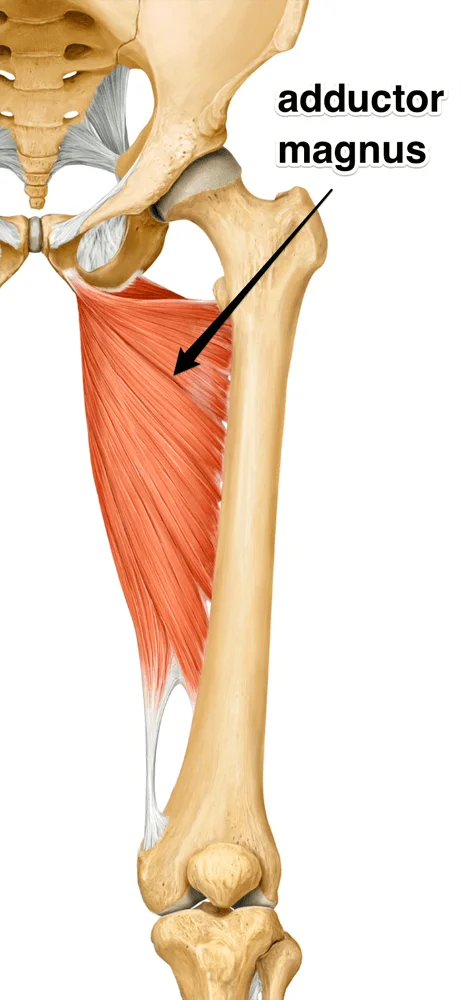
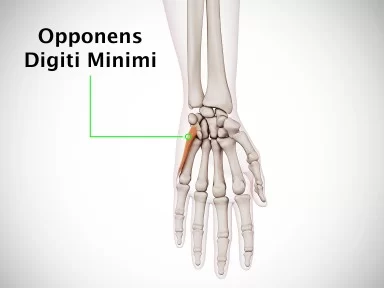
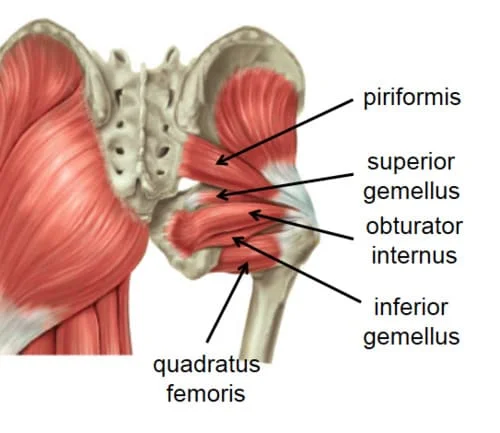
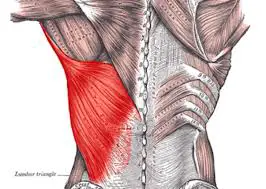
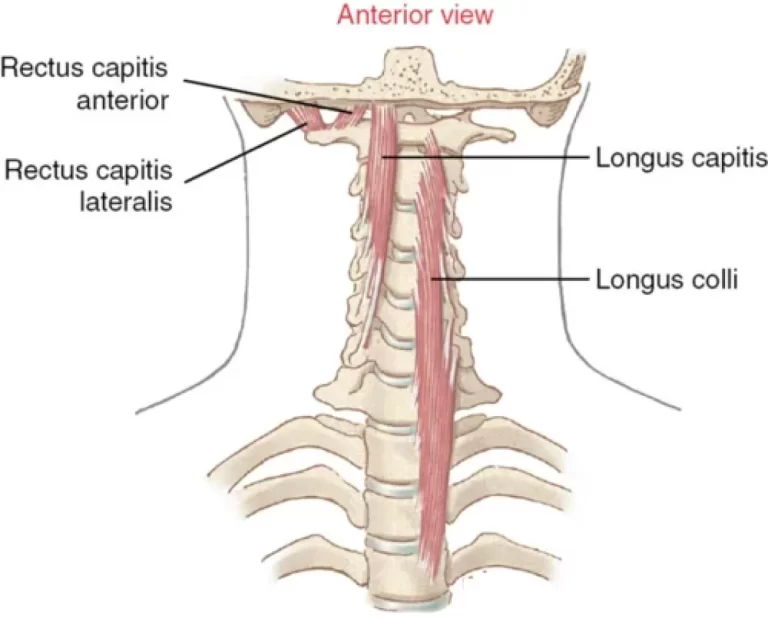
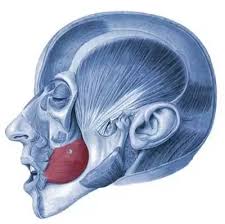
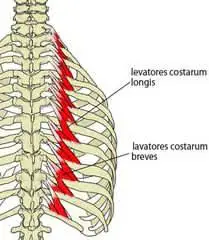
5 Comments